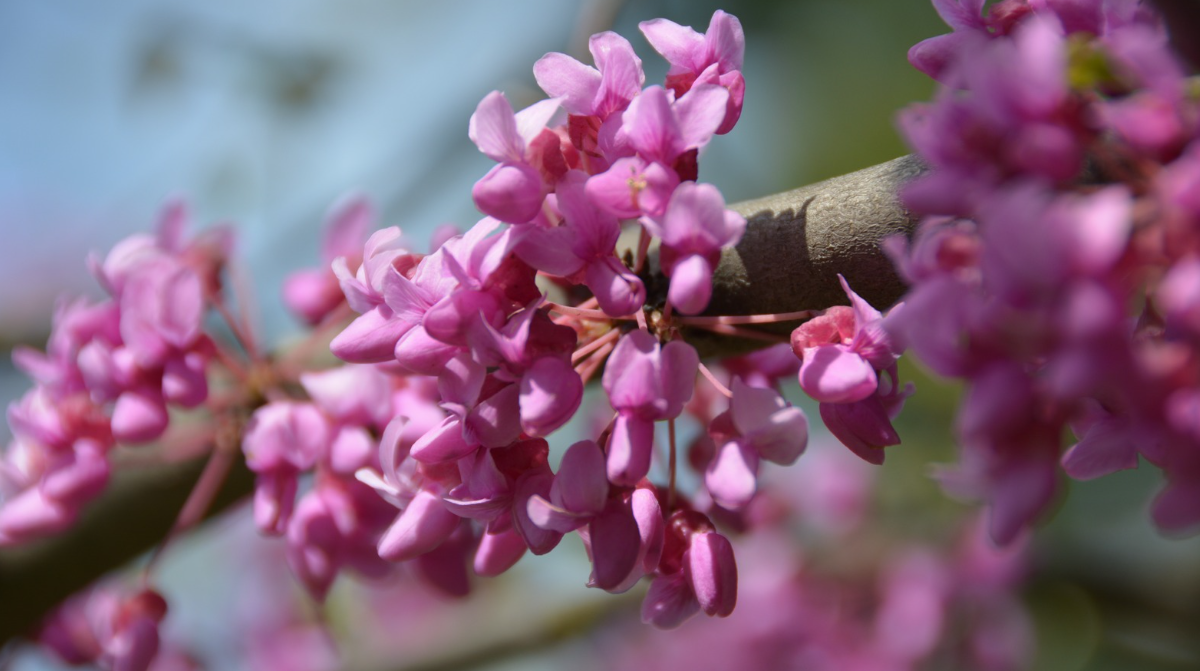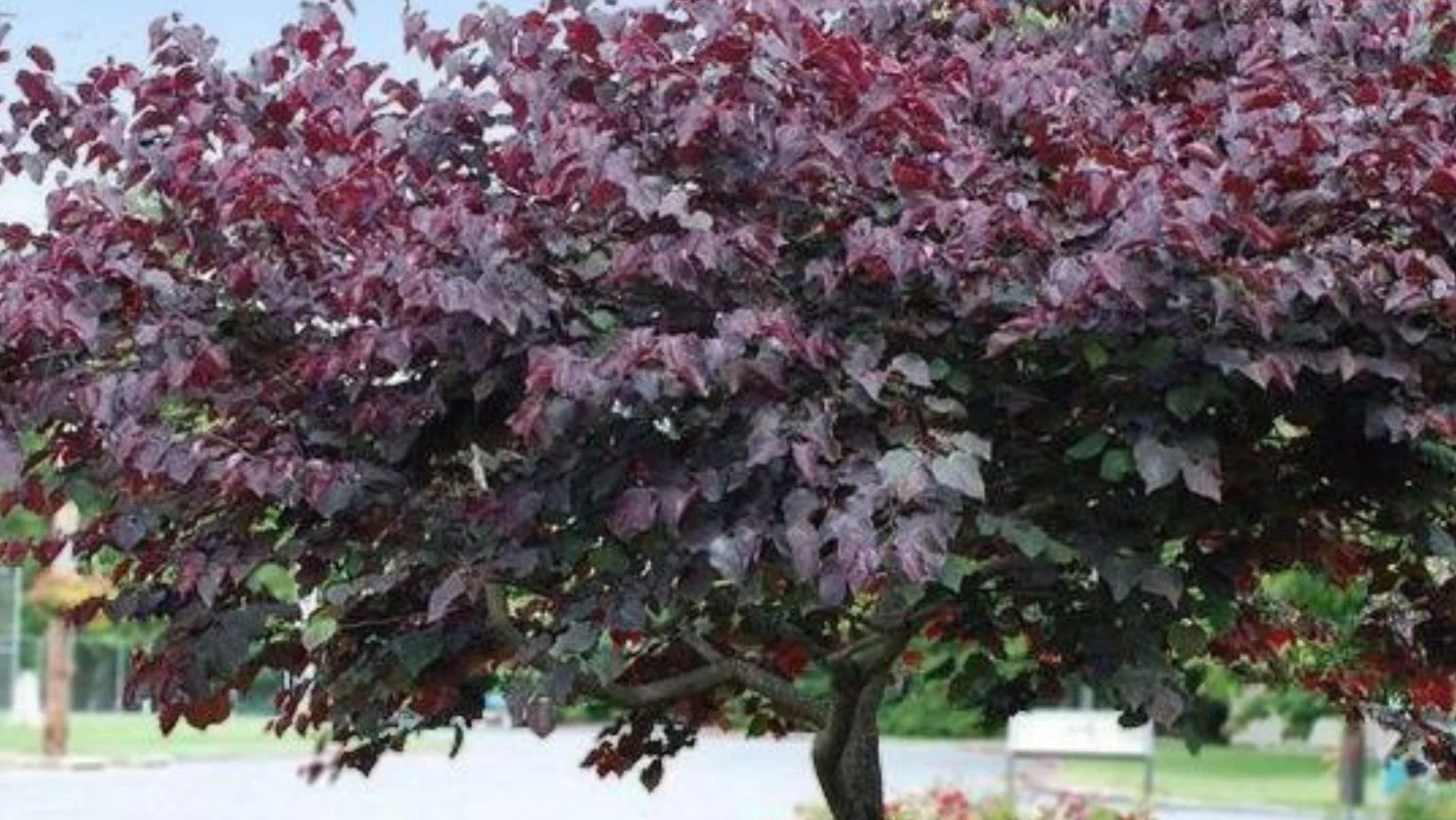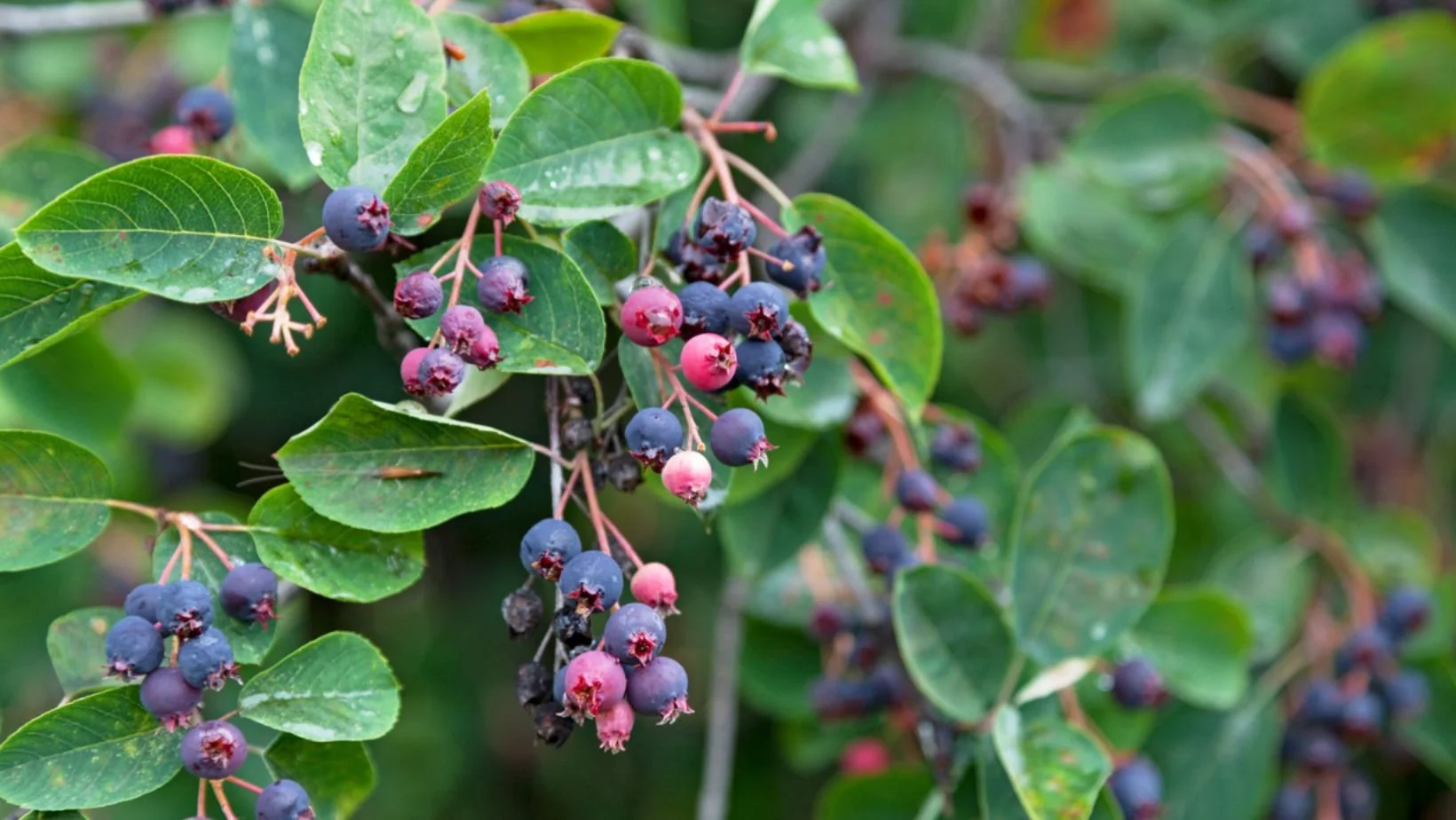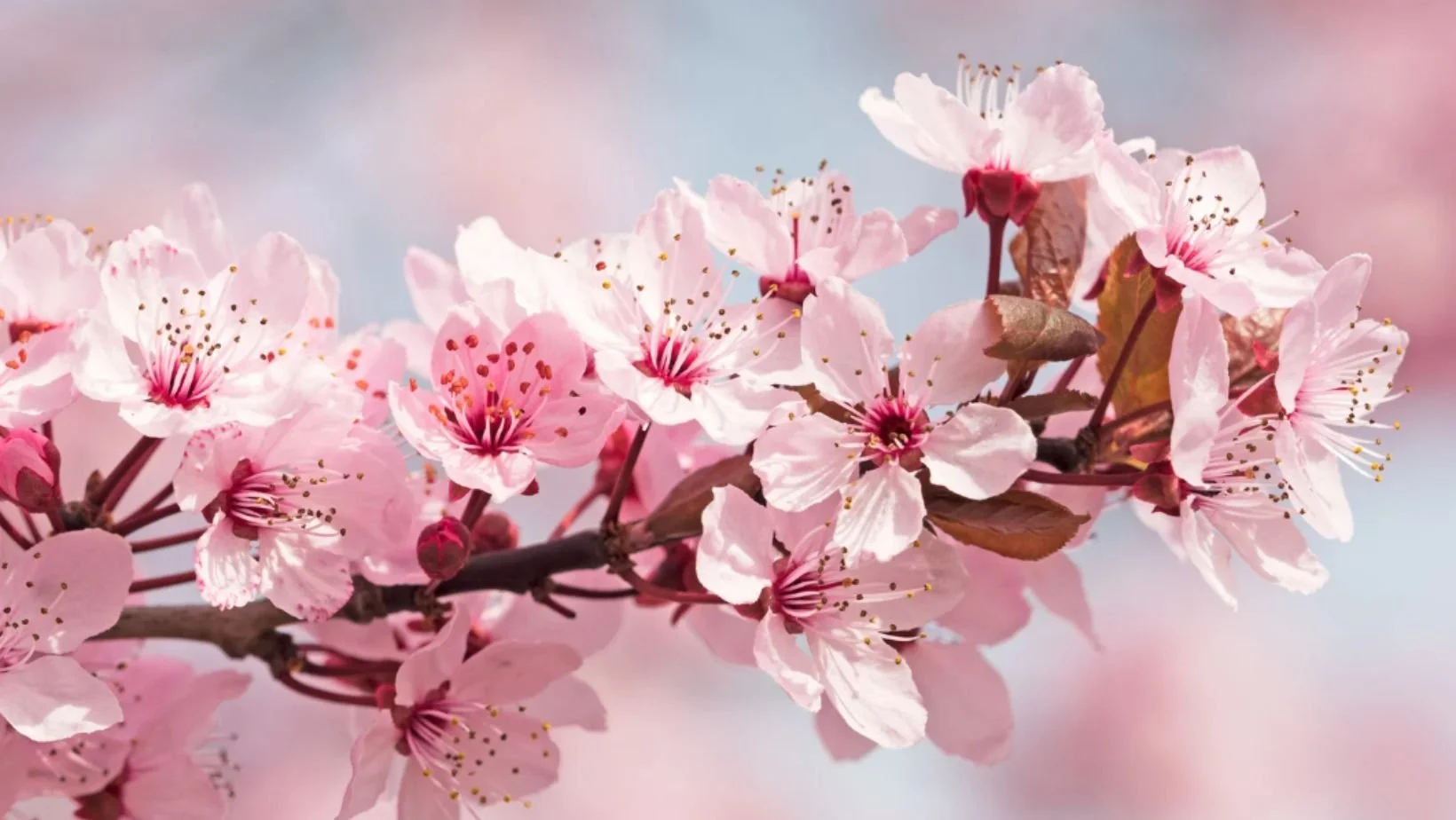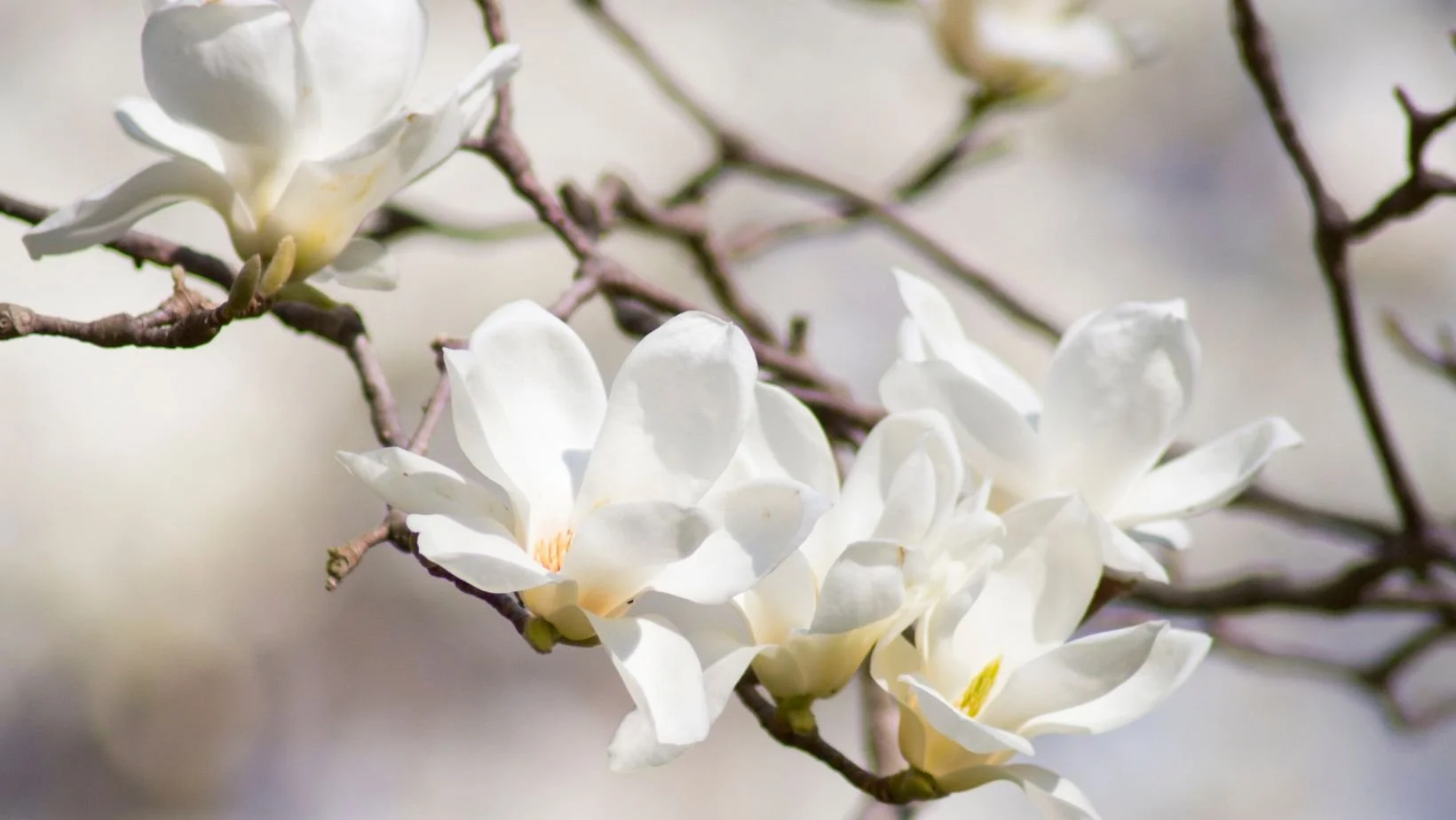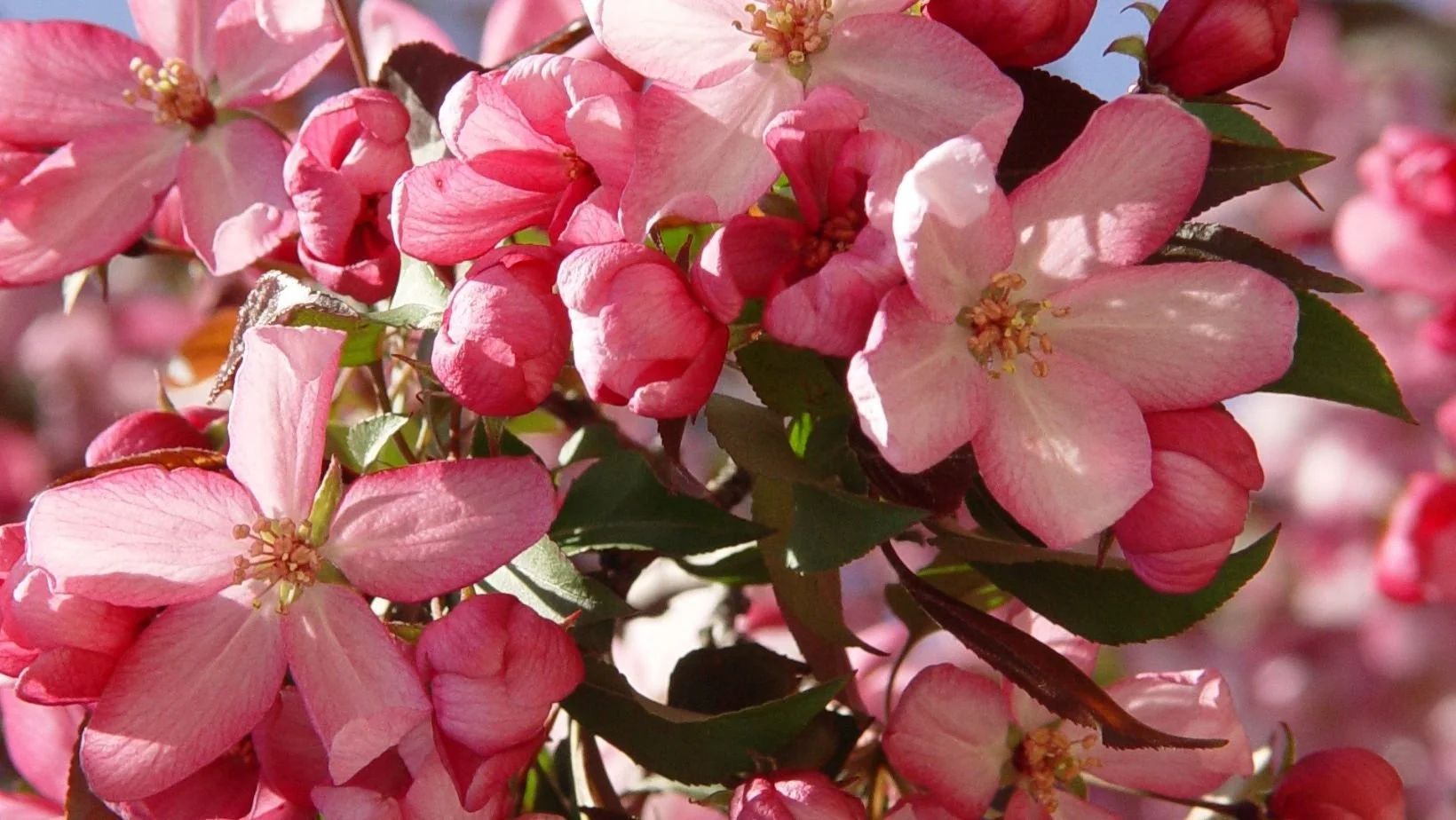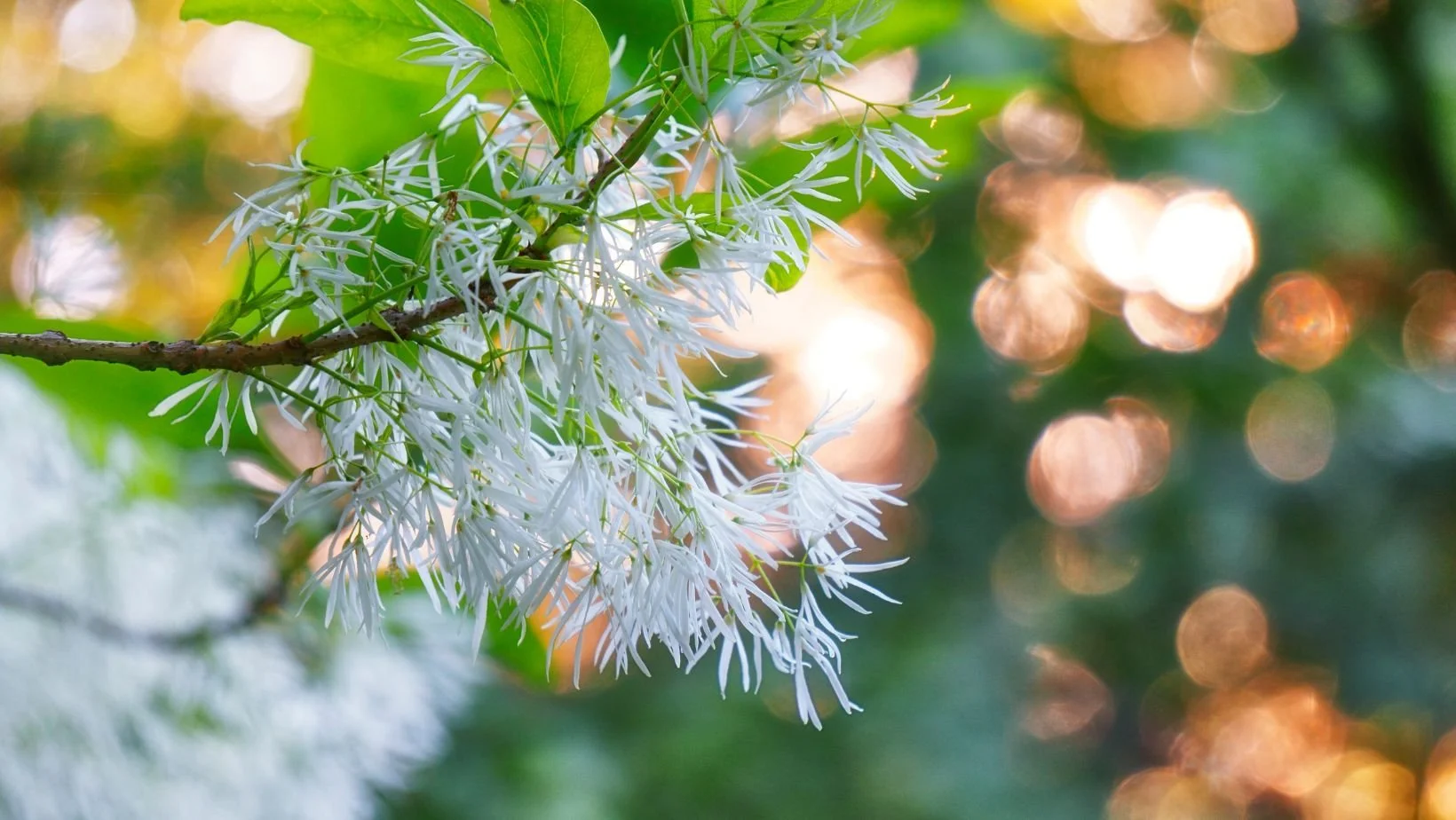Whether it’s the first blush of pink in spring or vibrant foliage that warms your yard in autumn, flowering trees are one of the most elegant ways to enhance your property. The ones in Ohio are particularly lovely, and they offer more than just seasonal charm.
Flowering trees can add architectural structure, improve curb appeal, and create natural focal points that evolve with the seasons. But not all trees are created equal, and choosing the right species for your landscape requires more than flipping through a nursery catalog. That’s when you turn to an industry expert.
At Seiler’s Landscaping, we’ve spent over 40 years helping homeowners transform their outdoor spaces with high-impact, low-maintenance flowering trees that are perfectly suited to the Ohio Valley climate. We specialize in creating cohesive, upscale landscapes that reflect the unique character of your home — and we know exactly which trees thrive here.
Why Flowering Trees Are Essential to a Luxury Landscape
The best-designed landscapes are layered, timeless and inviting. Flowering trees play a central role in achieving that effect. Unlike annual blooms or even perennial flower beds, trees offer enduring structure, scale and seasonal rhythm.
Some points to consider when contemplating a flowering tree:
What do they look like? What color are the blooms and leaves?
Are they a native tree to Ohio? Are there native alternatives?
What time of year will they be in bloom?
What kind of height and shade can you expect?
Are they friendly to pollinators (and therefore helpful to the environment)?
At Seiler’s, we don’t simply plant trees and flowers. We approach each design with an understanding of how tree placement, bloom timing and color harmony work together to create unforgettable outdoor experiences. When carefully chosen and professionally installed, flowering trees - from bark to blooms to berries - elevate a property from pretty to truly prestigious.
Without further ado, here are our top seven flowering trees in Ohio as recommended by our experts, offering color, form and long-lasting curb appeal.
Forest Pansy Redbud
Cloud Nine Dogwood
Serviceberry
Japanese Cherry
Magnolia
Coralburst Crabapple
Fringetree
1. Forest Pansy Redbud (Cercis canadensis ‘Forest Pansy’)
Native? Yes, cultivar of a native
Height: ~20 feet
Bloom Time: Early spring
Bloom Color: Rosy pink
Ideal For: Modern homes, statement pieces, transitional gardens
The Forest Pansy Redbud isn’t just a tree with pink flowers: It’s a two-act performance. First: Vibrant blooms appear on bare branches. Redbuds are common flowering trees in Ohio, iconic in our state’s landscapes at the start of spring. Their striking color lights up hillsides, forests and backyards. Then: Rich, heart-shaped maroon leaves appear that shimmer through summer and may turn orange in fall. Easy to grow in well-drained soil in full sun to partial shade, this is one of our top picks.
Why Choose This Tree:
Stunning, early spring color
Sculptural silhouette
Long-lasting foliage interest
Upright, rounded shape for compact spaces
Bottom Line: Looking for a small flowering tree that gives your garden area the biggest bang for its size? This is your tree.
2. Cloud Nine Dogwood (Cornus florida ‘Cloud Nine’)
Native? Yes
Height: 15 - 30 feet
Bloom Time: Mid-spring
Bloom Color: Bright white
Ideal For: Layered woodland plantings, shaded foundation beds, under tall trees
With overlapping white blooms that truly float like clouds, this is a showstopper in spring. You’re in for deep green foliage after this ornamental tree is done blooming, red-purple fall leaf color and bright red berries in winter that birds love. Cloud Nine Dogwoods play well with others, acting as a great companion for bushes, flowers and other landscape elements.
Why Choose This Tree?
Billows of 4-inch blooms
Cold hardy and adaptable
Tolerates full sun or partial shade
Horizontal branches make excellent nesting spots
Bottom Line: A perfect pick if you’re looking to blend grace, wildlife value and bold seasonal beauty.
3. Serviceberry (Amelanchier arborea) – Native
Native? Yes
Height: 15 - 25 feet
Bloom Time: Early spring
Bloom Color: Soft white
Ideal For: Habitat-friendly yards, mixed-border plantings, small urban spaces
These compact trees/shrubs, with their early white spring flowers, are naturally found in woodlands, along stream banks and in open thickets throughout Ohio. They provide edible (for humans and animals) berries, also known as juneberries or shadbush, that ripen in early summer. The serviceberry has brilliant fall foliage in shades of orange and red.
Why Choose This Tree?
Provides high ecological value for birds and pollinators
Versatile style
Sweet, blueberry-like edible fruit (excellent for edible landscaping)
Four-season interest
Bottom Line: If you’re designing with biodiversity and year-round beauty in mind, the Serviceberry will tick your boxes.
4. Japanese Cherry (Prunus serrulata) – Non-Native
Native? No. Originates in Japan, Korea and China.
Height: 25 - 30 feet
Bloom Time: Early spring
Bloom Color: Soft pink to deep pink
Ideal For: Ornamental front yard focus, dramatic entryways, courtyard gardens
These elegant, pink flowering trees are best known for their ethereal spring displays and subsequent cherry blossom festivals. Now a beloved part of American ornamental landscapes, Japanese cherries were introduced to America primarily as a symbol of friendship and cultural exchange. In 1912, the city of Tokyo gifted over 3,000 cherry trees to Washington, D.C., a gesture of goodwill that sparked national admiration for these stunning trees.
Why Choose This Tree?
Dramatic, cloud-like spring blooms
Elegant branching structure for visual impact
Moderate size makes them ideal for small space small ornamental trees
Romantic charm and early spring color
Bottom Line: Few trees create a spectacle that signals spring’s arrival like the dreamy, ethereal Japanese Cherry.
5. Magnolia (Magnolia stellata, Magnolia × soulangeana)
Native? Depends on the cultivar
Height: 10 – 25 feet
Bloom Time: Very early spring (March – April)
Bloom Color: White, pink or pale purple
Ideal For: Accent plantings, patios, front-yard gardens, early bloom interest
Among the first to bloom in spring, often before their leaves emerge, these bold flowering trees are prized for large, fragrant blossoms and sculptural form. The Saucer Magnolia was developed in France around 1820, becoming popular across Europe and the U.S. These magnolias were adopted by landscape designers in America in the 19th and early 20th centuries for use in Victorian English gardens, Southern estates and eventually, modern suburban homes where clients wanted low-maintenance trees that make a big impact.
Why Choose This Tree?
Unmatched early spring flower display
Fragrant, multi-petaled blossoms in a range of hues
Excellent small flowering trees for high-visibility spots
Pairs well with both formal and cottage-style landscapes
Bottom Line: With their oversized blossoms, sculptural branch structure, and rich botanical history, magnolias offer a showy-yet-refined elegance.
6. Coralburst Crabapple (Malus ‘Coralburst’)
Native? Hybrid cultivar
Height: ~15 feet
Bloom Time: Early to mid-spring
Bloom Color: Coral pink
Ideal For: Courtyards, patios, small trees for front yard impact
A favorite for tight spaces, this cultivar’s slow-growing nature maintains a lovely shape, making it one of the most popular small ornamental trees for high-end residential landscapes. Naturally rounded and symmetrical with a dense canopy, the Coralburst is ideal for creating structure and interest without overwhelming a space. Look for vibrant coral pink buds in the spring, pink-flowering with semi-double blossoms, and bronze-red ornamental fruit.
Why We Recommend This Tree:
Slow-growth means a tidy shape
Dwarf flowering trees are ideal for small beds
Excellent disease resistance (fireblight, mildew)
Bottom Line: Perfect if you're searching for a tree with season-long value. And it pairs beautifully with spring flowering trees, perennials and evergreen backdrops.
7. Fringetree (Chionanthus virginicus) – Native
Native? Yes
Height: 12 – 20 feet (can be grown as a large shrub or small ornamental tree)
Bloom Time: Late spring (blooming after redbuds and dogwoods)
Bloom Color: Creamy white flowers with delicate, fringe-like petals
Ideal For: Native landscapes, woodland edges and part-shade beds, front-yard focal points
The Fringetree (also called Old Man’s Beard) is a native gem that adds soft elegance to the spring garden. Though not as commonly planted as dogwoods or redbuds, it’s quickly becoming a designer favorite for its graceful texture, adaptability and pollinator value. Clusters of wispy, fringe-like white flowers emerge in late spring, often after other flowering trees have finished, followed by glossy green foliage. In fall, leaves turn golden yellow, and female plants grow dark blue berries birds love.
Why Choose Fringetree?
Supports bees, butterflies and native birds
Perfect contrast to heavier foliage and hardscape materials
Can be pruned as a multi-stem shrub or single-trunk tree
Pairs beautifully with other Ohio trees, like serviceberries, redbuds and oaks
Bottom Line: The Fringetree is a unique, underused native flowering tree that blooms slightly later than others for extended seasonal interest. Its ecological benefits are a great bonus.
What to Consider Before Choosing Flowering Trees
Before we can get to any tree planting, it’s essential to consider the broader context of your landscape, your home’s architecture and your regional climate. Here’s what luxury homeowners in and around Cincinnati should know.
Cincinnati’s Unique Growing Conditions
Cincinnati and its surrounding region (up to 75 miles from the city center) fall into USDA Hardiness Zones 6a and 6b. Our winters often dip below zero. Our summers bring intense humidity. Our soils range from clay-heavy to well-drained loam depending on the site.
So it’s not enough to select a pretty tree. Your trees need to be able to thrive in this environment. Our team at Seiler’s evaluates your property’s sun exposure, soil pH, drainage and microclimate to ensure long-term success.
Harmony With Your Home and Existing Landscape
The most successful tree installations enhance your home’s appearance and existing landscaping. A large white blossom tree is stunning against a red-brick Georgian, while a soft pink bloom complements a modern gray exterior. We help you select the best choices for your specific needs.
We also evaluate:
Your current plantings and bloom schedules.
Desired sightlines or privacy needs.
Walkway and patio framing opportunities.
When Seiler’s designs your flowering tree layout, we ensure your landscape has flow, balance and seasonal variety.
Native vs. Non-Native Trees
In the age of sustainability and environmental conscience, homeowners are considering how their choices affect their neighborhood. Some of the most asked questions are: Should I stick to native trees or are non-natives acceptable? What’s the harm in a non-native tree? What are the benefits of a native tree?
Here’s a brief breakdown:
Native Trees
Better adapted to local soil and weather
Require less long-term maintenance
Support native pollinators and birds
Help maintain a balanced local ecosystem
Non-Native Trees
Offer unique flower colors and dramatic forms
May require more care (pruning, monitoring for pests)
Often have ornamental appeal developed through breeding
Risk of Becoming Invasive
Some non-native trees and shrubs, while attractive, have become invasive in our region. They spread aggressively, crowd out native plants and cause long-term ecological harm. Two of the biggest offenders in Cincinnati are the Bradford Pear and the Amur honeysuckle, both originally introduced to the region because of their deceptively beautiful blooms.
Our team at Seiler’s is well-versed on native and non-native tree species. Understanding the ecology of your yard and region is essential for making the best choices. Whatever your specific criteria may be, we take it all into careful consideration.
At the end of the day, our goal is to find the best ornamental flowering tree to complement your home and landscaping.
Why Choose Seiler’s Landscaping for Flowering Tree Design and Installation?
Choosing any flowering tree is a long-term investment in your home’s beauty, value and ecological balance. Our team hand selects your trees while adhering to our “right plant, right place” philosophy of landscape installation. We’ve built our reputation on creating landscapes that are as beautiful as they are lasting.
What are your landscape project goals? Let’s talk.
Want to dive into the world of trees before our call? Download our free Top Trees for Cincinnati ebook.
